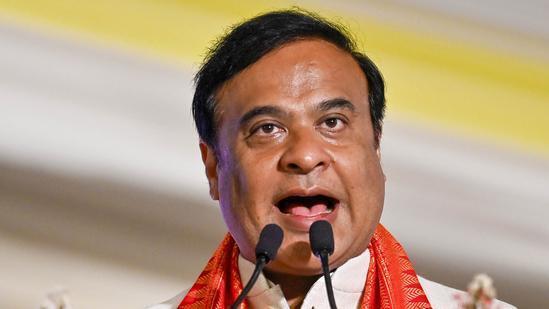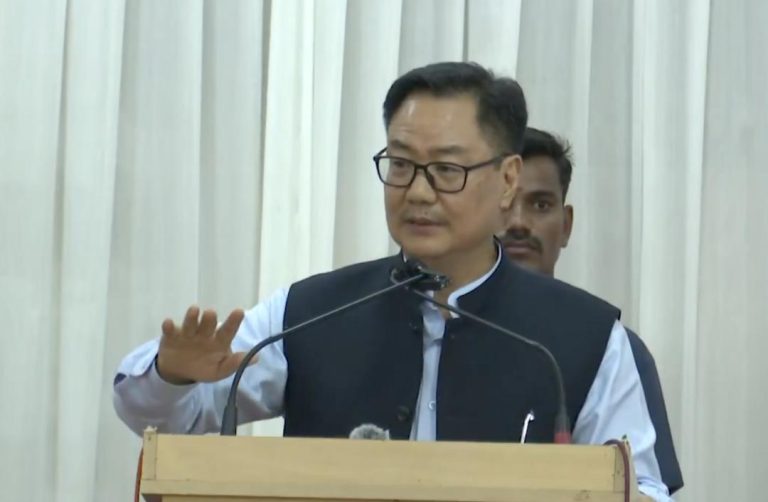
Muslim population in Assam may equal Hindus by 2041: CM Himanta
Assam, a state in the northeastern part of India, has been witnessing a significant demographic shift in recent years. The state’s Chief Minister, Himanta Biswa Sarma, recently made a startling prediction about the future of the Muslim population in Assam. According to Sarma, if the current growth rate of the Muslim population in Assam continues, it may equal that of the Hindu population by 2041.
During a recent press conference, Sarma stated, “Today, as per the 2011 Census, 34% of the population is Muslim. And if you project that for 2021, 2031 and 2041, you’ll come to almost a 50:50 position.” This prediction is based on the current growth rate of the Muslim population in Assam, which is significantly higher than that of the Hindu population.
The prediction has sent shockwaves across the state, with many questioning the implications of such a demographic shift. The Muslim population in Assam has been growing at a rapid pace, driven by a combination of factors including high birth rates, improved healthcare, and migration from neighboring states.
Assam has a long and complex history of demographic change, dating back to the colonial era. The state has been a hub of immigration and migration, with people from various parts of India and neighboring countries settling in the region. This has led to a diverse population with a rich cultural heritage.
The Muslim population in Assam has been growing at a rapid pace, driven by a combination of factors including high birth rates, improved healthcare, and migration from neighboring states.
However, the current demographic shift in Assam is not without its challenges. The state has been grappling with issues of identity and citizenship, particularly in the context of the Citizenship Amendment Act (CAA) and the National Register of Citizens (NRC). The CAA aims to provide citizenship to non-Muslim migrants from neighboring countries, while the NRC seeks to identify and exclude illegal immigrants from the electoral rolls.
The demographic shift in Assam is also being driven by a combination of factors including high birth rates, improved healthcare, and migration from neighboring states.
The demographic shift in Assam has also been driven by a combination of factors including high birth rates, improved healthcare, and migration from neighboring states. The state’s fertility rate is higher compared to other states in India, with an average of 2.3 children per woman. This is significantly higher than the national average of 2.1 children per woman.
Improved healthcare facilities and better living conditions have also contributed to the rapid growth of the Muslim population in Assam. The state has seen significant investments in healthcare infrastructure in recent years, which has led to a significant reduction in mortality rates and an increase in life expectancy.
The demographic shift in Assam is also being driven by migration from neighboring states. Many Muslims from neighboring states such as Bangladesh and West Bengal have been migrating to Assam in search of better economic opportunities. This has contributed to the growth of the Muslim population in the state.
The implications of a 50:50 demographic balance in Assam are far-reaching and complex. On one hand, it could lead to a more diverse and inclusive society, with greater representation of Muslim voices and perspectives. On the other hand, it could also lead to social and political tensions, particularly if there is a lack of social cohesion and economic opportunities.
The demographic shift in Assam is a complex issue that requires careful consideration and planning. The state government, civil society organizations, and religious leaders must work together to promote social cohesion, economic development, and inclusive growth.
In conclusion, the prediction by Assam Chief Minister Himanta Biswa Sarma that the Muslim population in the state may equal that of the Hindu population by 2041 is a stark reminder of the demographic shift that is taking place in the state. The implications of this shift are far-reaching and complex, and require careful consideration and planning to ensure that the state remains a beacon of diversity and inclusivity.






